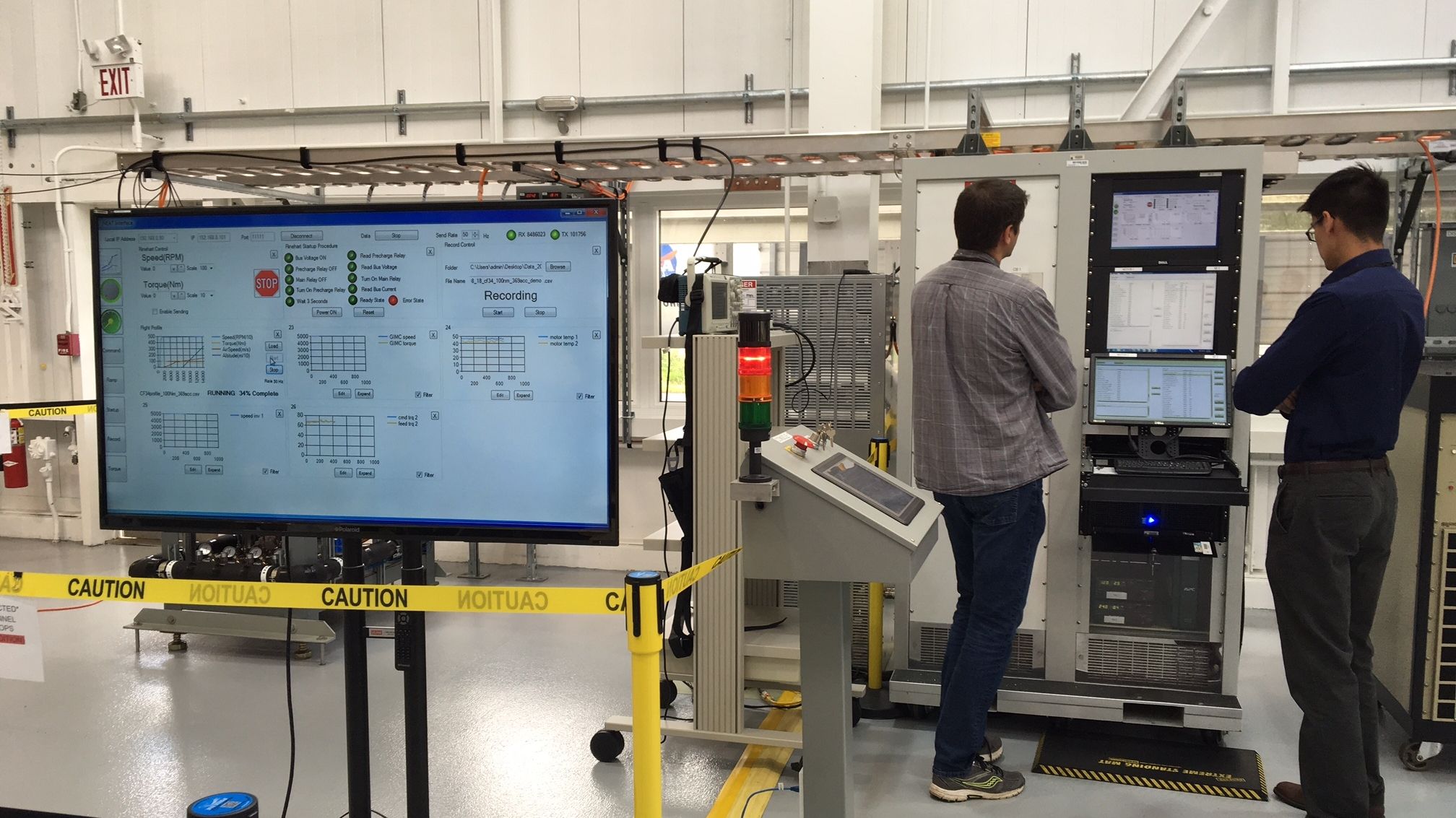No matter what way you look at it, if the human race continues on as it is, our future will no doubt be electrified. The push in the personal transportation sector is strong, with all major manufacturers like Ford, Volkswagen, BMW, Mercedes, and GM (among others) all pushing their own hybrid and electric technology in next-level cars. Eventually, there won’t be a car on the road that has a fuel-powered drivetrain, but what the mass transportation sector? I’m not talking about your municipal public transportation service; no, I’m talking about long-distance travel or, more specifically, airplanes. You can look really hard, but you won’t find any in-service hybrid or electrical planes, but if NASA has its way, all that will change soon enough. How you ask? Well, the U.S. Government's space agency has recently announced its newest facility – NASA’s Electric Aircraft Testbed (NEAT) – where engineers will design, develop, and test electric aircraft.
That’s right! NASA is officially designing and testing all-electric aircraft. Things are still in the early stages, however, so don’t expect to board an all-electric Boeing anytime soon. But, NEAT ran its first test last September in which 600 volts of electricity to test an electric power system that was large enough to power a small, one- or two-person aircraft.
“As large airline companies compete to reduce emissions, fuel burn, noise and maintenance costs, it is expected that more of their aircraft systems will shift to using electrical power,” Said Dr. Rodger Dyson – Technical Lead of NASA Glenn Hybrid Gas Propulsion. “What we’re hoping to learn now is how to make it more efficient and light-weight. Next year we’re going to upgrade the size of these motors – we’ll use the same technology to test the higher-power stuff next.”
For now, NEAT is just in the beginning stages, but give it time and it will be a “world-class, reconfigurable testbed” that will be able to create and test systems rated at over 20 Megawatts of power – the massive amount of electrical energy it will take to propel a large passenger aircraft like the Boeing 747, for example.
Note: The image above shows two engineers conducting the first test of an electric aircraft engine at NEAT
Keep reading for the rest of the story.
An Electrified Future is Coming
Think about what you just read for a moment. Just 30 years ago, the concept of even electrical cars was dismissed fairly quickly. Fast forward to today, and we have electric cars buzzing around, and gaining momentum in the public eye every day. 30 years from now your children, or maybe even grandchildren, could be traveling across the country in an all-electric airplane that produces zero emissions.
On a side note, I can’t help but think about how NEAT could implement solar power into these electric aircraft. Once it gets the point of testing larger, all-electric aircraft, I wouldn’t be surprised if we started seeing large jets layered in solar panels, potentially preventing the need to ever charge the aircraft. That is, of course, assuming we can manage to harness that much energy from the sun. Either way, electric transportation isn’t going away, and NEAT is making the first crucial strides in bringing electrification to aviation.

